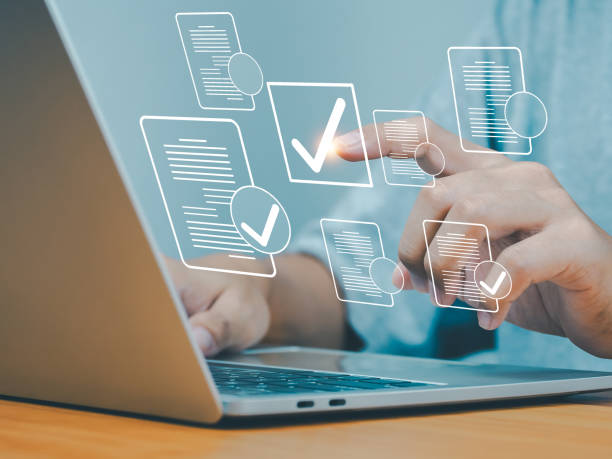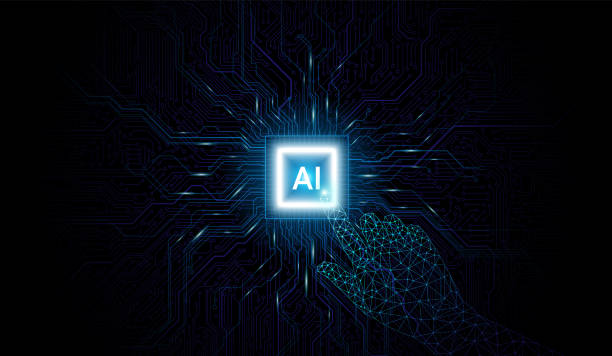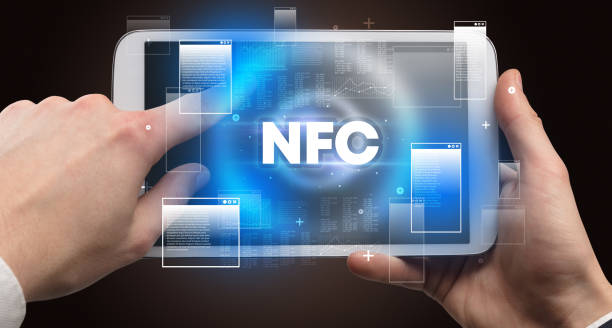What is On-Page SEO and Why is it Important?
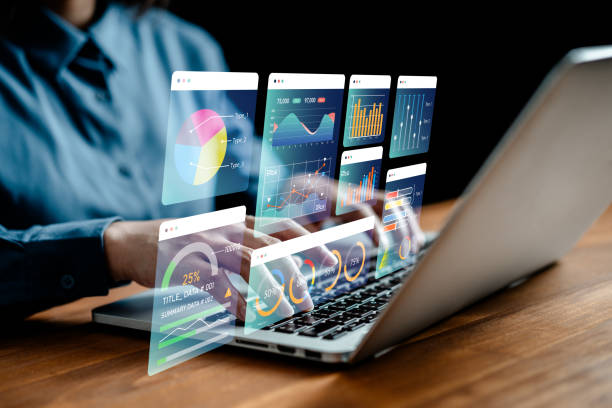
On-Page SEO, also known as in-page SEO, is a set of techniques and actions performed to optimize various parts of a website, from its content to its code and structure, with the aim of improving the website’s ranking in search engines like Google.
This optimization helps search engines easily understand your site’s content and display it to users looking for relevant information.
In fact, On-Page SEO is like building a sturdy house; the stronger the foundations, the more stable the building (website) will be.
The importance of On-Page SEO stems from the fact that #search_engines consider various factors for ranking websites, many of which are related to On-Page SEO.
These factors include content quality, proper keyword usage, optimization of title tags and meta descriptions, URL structure, page loading speed, Responsive Design, and many other aspects.
By optimizing these factors, your website’s chances of being seen in search results increase, thereby attracting more traffic to your site.
In today’s competitive world, On-Page SEO is a necessity, and without it, achieving success in the online world will be very difficult.
On-Page SEO is essential for better visibility of your site.
Are you losing business opportunities due to an outdated website? With Rasavweb, permanently solve the problem of not attracting potential customers through your website!
✅ Attract more high-quality leads
✅ Increase brand credibility in the eyes of customers
⚡ Get free consultation for corporate website design
Keyword Research: An Essential Step in On-Page SEO

Keyword research is the cornerstone of any successful On-Page SEO strategy.
Before taking any steps to optimize your website, you need to know what phrases and words your target audience uses to search for the information they need.
This information helps you tailor your content to their needs and interests, thereby attracting more targeted traffic to your website.
To conduct keyword research, you can use various tools such as Google Keyword Planner, Ahrefs, SEMrush, and Moz Keyword Explorer.
These tools provide useful information about search volume, competition level, and related keywords.
By analyzing this data, you can choose suitable keywords for your website that have both high search volume and manageable competition.
It’s also important to look for Long-Tail Keywords.
These are longer and more specific search phrases that usually have lower search volume but higher conversion rates.
This is because users who use these phrases are typically looking for very specific and precise information, and are more likely to convert into customers.
By using appropriate keywords, you can improve your site’s ranking in search results and attract more targeted traffic to your website. On-Page SEO is very effective with this method
Content Optimization for Search Engines and Users
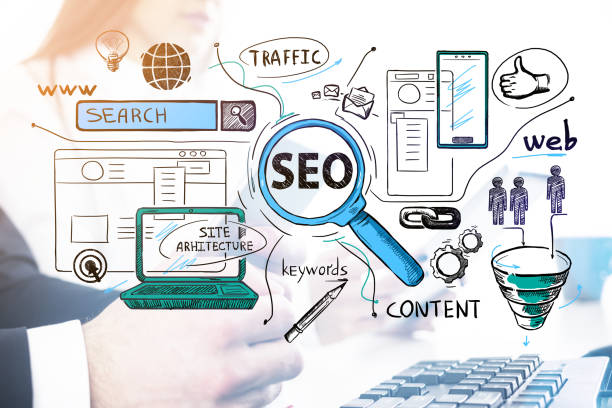
Content is the king of On-Page SEO.
High-quality, engaging, and relevant content is not only valuable to search engines but also keeps users on your website, encouraging them to spend more time on your site.
To optimize content, you need to pay attention to a few key points
Firstly, your content should be unique and original.
Avoid copying content from other websites, as this can lead to your website being penalized by search engines.
Secondly, your content should be relevant to the keywords you have chosen for your website.
Use keywords naturally and in appropriate places within the text, but avoid overusing them, as this can be considered Keyword Stuffing and have a negative impact on your site’s ranking.
Thirdly, your content should be readable and understandable.
Use short and simple sentences and organize your text using headings, subheadings, paragraphs, and lists.
Also, use images and videos to make your content more engaging. By doing these things in your On-Page SEO, you can improve your site’s ranking.
On-Page SEO helps you get seen.
| Factor | Description |
|---|---|
| Content Quality | Unique, original, relevant, and engaging |
| Keyword Usage | Naturally and appropriately placed |
| Readability | Short and simple sentences, proper organization |
| Use of Images and Videos | To make content more engaging |
Optimizing Title Tags and Meta Descriptions

Title Tags and Meta Descriptions are among the most important On-Page SEO factors that help search engines understand your page’s content and display it to users.
The title tag is your page’s title that appears in search results and should be attractive, relevant, and include primary keywords.
The title tag length should be between 50 and 60 characters to be fully displayed in search results.
The meta description is a summary of your page’s content that appears below the title tag in search results.
Meta descriptions should be attractive, persuasive, and include primary keywords to encourage users to click on your link.
The meta description length should be between 150 and 160 characters.
By optimizing title tags and meta descriptions, you can increase your click-through rate (CTR) in search results and attract more traffic to your website.
This aspect of On-Page SEO is very important and should not be overlooked.
Are you tired of your company’s website not meeting your expectations? With Rasavweb, design a professional website that showcases the true face of your business.
✅ Increase acquisition of new customers and sales leads
✅ Enhance your brand’s credibility and trust with your audience
⚡ Get a free website design consultation!
Optimized and SEO-Friendly URL Structure
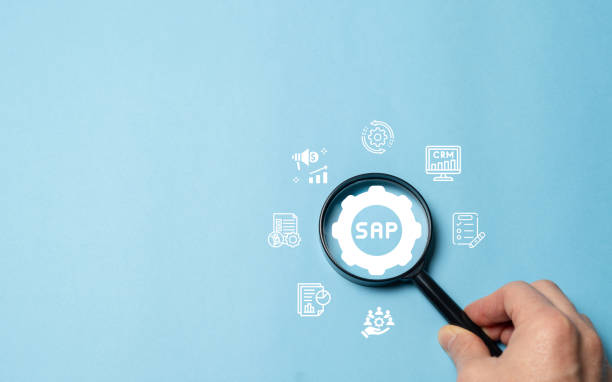
Your website’s URL structure plays an important role in On-Page SEO.
Optimized URLs are short, descriptive, and include keywords.
Avoid using long, complex URLs that contain special characters.
Also, try to use a hierarchical URL structure so that search engines can easily understand your website’s structure.
For example, instead of using a URL like example.com/page123, use a URL like example.com/blog/seo-internal.
This URL is short, descriptive, and includes primary keywords, helping search engines better understand your page’s content. Improving On-Page SEO through URLs is a positive step
Image Optimization for SEO
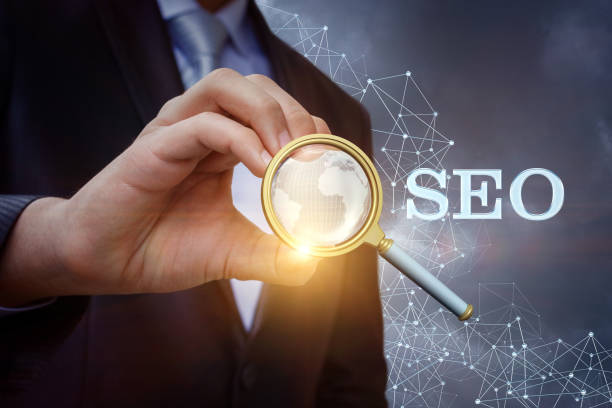
Images play an important role in user engagement and interaction with your website, but they need to be optimized to have a positive impact on On-Page SEO.
Firstly, use high-quality and relevant images.
Secondly, reduce image file sizes to increase your page loading speed.
You can use online tools like TinyPNG or ImageOptim to reduce image sizes.
Thirdly, use descriptive file names for your images that include keywords.
Instead of using a file name like IMG_1234.jpg, use one like seo-internal-optimization.jpg.
Fourthly, use Alt tags for your images.
The Alt tag is text that is displayed in place of an image if it fails to load, and it helps search engines understand the image’s content.
The Alt tag should be descriptive, relevant, and include keywords.
Page Loading Speed and its Impact on SEO
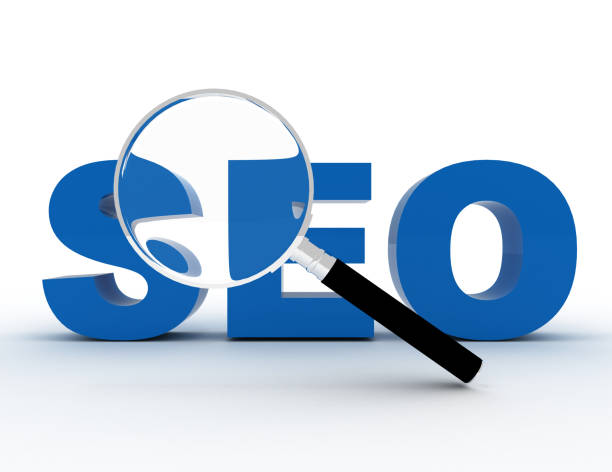
Page loading speed is one of Google’s most important ranking factors.
Users waiting for a web page to load are likely to leave your website and go to another.
This can lead to an increased bounce rate and a decrease in your site’s ranking in search results.
To increase page loading speed, you can use various methods such as image optimization, enabling Gzip compression, using a CDN, and code optimization.
Also, you can use tools like Google PageSpeed Insights or GTmetrix to identify your website’s speed issues and get suggestions for improvement. Speed optimization is a core pillar of On-Page SEO.
By increasing your site’s speed, you keep more users on the site.
| Method | Description |
|---|---|
| Image Optimization | Reduce size and use appropriate formats |
| Gzip Compression | Reduce website file sizes |
| Using a CDN | Deliver content from servers closer to users |
| Code Optimization | Reduce size and improve code structure |
Responsive Design and Mobile SEO
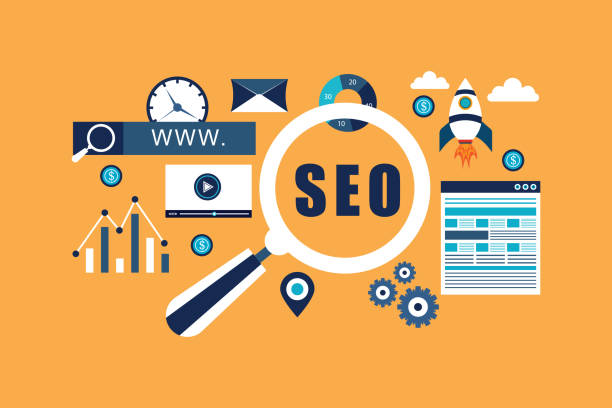
Given the increasing use of mobile phones for internet searches, Responsive Design is very important for On-Page SEO.
Responsive design means that your website should automatically adapt to the screen size of various devices such as mobile phones, tablets, and computers.
Google prioritizes websites with responsive design and ranks them higher in search results.
To ensure your website has a responsive design, you can use Google’s Mobile-Friendly Test tool.
Strong On-Page SEO can make your site more mobile-friendly
Disappointed with your e-commerce site’s low conversion rate? Rasavweb transforms your e-commerce site into a powerful tool for attracting and converting customers!
✅ Significant increase in visitor-to-buyer conversion rate
✅ Unparalleled user experience to boost customer satisfaction and loyalty⚡ Get a free consultation from Rasavweb!
Internal Linking
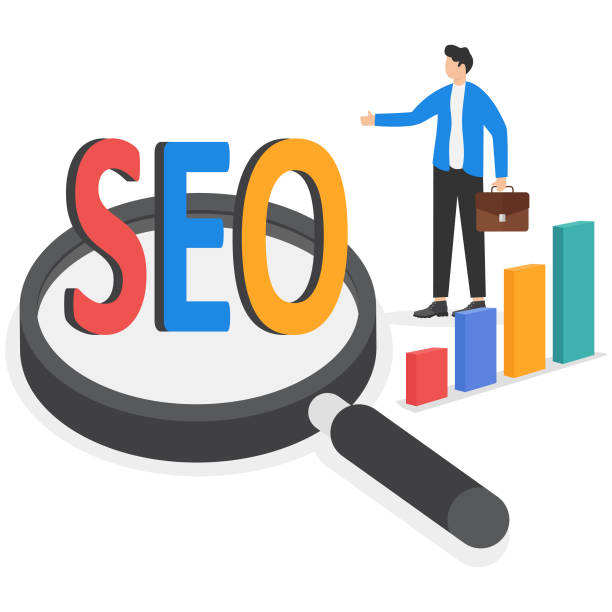
Internal linking refers to creating links between different pages of your website.
Internal linking helps search engines understand your website’s structure and identify more important pages.
Additionally, internal linking can help users easily navigate your website and find the information they need.
To create effective internal links, you should use descriptive and relevant anchor text and link to related pages.
Internal linking is an important part of On-Page SEO and helps improve site ranking.
Continuous Analysis and Improvement of On-Page SEO
![]()
On-Page SEO is a continuous process that requires ongoing analysis and improvement.
To evaluate your website’s On-Page SEO performance, you can use tools like Google Analytics and Google Search Console.
These tools provide useful information about website traffic, keyword rankings, bounce rate, and other important metrics.
By analyzing this data, you can identify the strengths and weaknesses of your website’s On-Page SEO and take necessary steps to improve it.
Remember that SEO is a long-term investment and requires patience and perseverance.
On-Page SEO is a long-term solution and should be considered for site progress
Frequently Asked Questions
| Question | Answer |
|---|---|
| What is On-Page SEO? | On-Page SEO involves optimizing elements that are directly under your control and within your website. Its goal is to help search engines better understand the page’s content and improve its ranking. |
| Why is On-Page SEO important? | On-Page SEO provides clear signals to search engines about page content, improves user experience, and increases the chance of attracting organic traffic. |
| What are the most important On-Page SEO factors? | Keywords, Title Tag, Meta Description, URL structure, quality content, image optimization, and internal links are among the most important factors. |
| What is the role of the Title Tag in On-Page SEO? | The title tag is one of the most important signals for search engines and users, defining the main topic of the page. It should include the main keyword and be engaging. |
| How important is the Meta Description? | The meta description does not directly impact rankings, but by enticing users to click, it can improve the click-through rate (CTR). |
| How can we optimize images for On-Page SEO? | By using descriptive file names, appropriate Alt Text containing keywords, compression to reduce size, and correct dimensions. |
| What is the effect of Internal Links on SEO? | Internal links help search engines discover and index site pages, distribute authority (PageRank) across the site, and improve user navigation. |
| Is page loading speed an On-Page SEO factor? | Yes, page loading speed is a critical factor in On-Page SEO and user experience. Slower pages can lead to higher bounce rates and lower rankings. |
| What characteristics does quality content have for On-Page SEO? | Quality content should be comprehensive, unique, relevant, trustworthy, readable, and fully answer users’ needs and questions. |
| How can keywords be used in content? | Keywords should be used naturally in the title, subheadings, first paragraph, body text, and image alt text. Avoid keyword stuffing. |
And other advertising services by Rasavweb Advertising Agency
- Smart Brand Identity: A dedicated service for growth in sales increases based on attractive UI design.
- Smart Sales Automation: An innovative service for increasing website visits through marketing automation.
- Smart Advertising Campaign: Designed for businesses seeking user engagement through user experience customization.
- Smart Data Analysis: Designed for businesses looking to manage campaigns through Google Ads management.
- Smart Brand Identity: An effective tool for analyzing customer behavior with the help of intelligent data analysis.
And over hundreds of other services in internet advertising, advertising consultation, and organizational solutions
Internet Advertising | Advertising Strategy | Advertorials
Sources
What is On-Page SEO?
Improve Website Ranking
Comprehensive SEO Guide
Strategic SEO Content
? Do you dream of your business being seen in the online world? Rasavweb Afarin Digital Marketing Agency offers innovative and comprehensive solutions, from custom website design and professional optimization to managing advertising campaigns, helping you reach the top. Build your digital future with us.
📍 Tehran, Mirdamad Street, next to Bank Markazi, Southern Kazeroon Alley, Ramin Alley, No. 6

